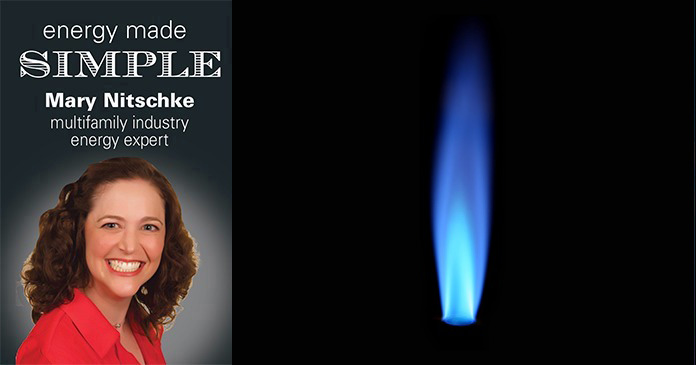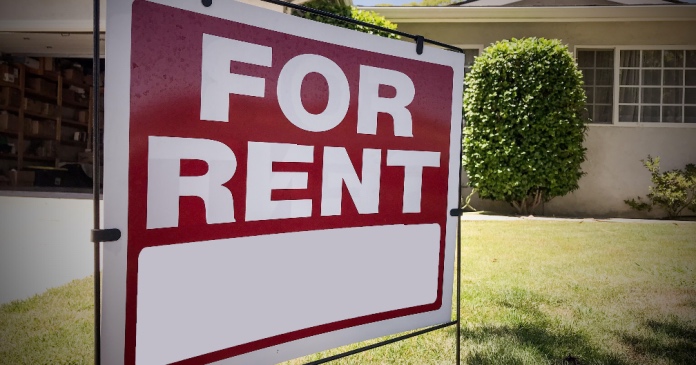We all know that energy cannot be created or destroyed. We also know that it can be expensive. My news feed this morning was filled with articles on the new reciprocal tariffs and the effect that those could have on goods like automobiles, alcohol, and construction materials. What is not being discussed as prominently is the possible effect of these tariffs on the cost of energy for our properties.
Tariffs can have complex effects on energy prices in the U.S. Here are two impacts based on the current situation that we may see starting:
- Increase in cost for imported energy products: In 2023, the US imported $13 billion dollars in natural gas from Canada, predominately used in states near the Canadian border. This represents just under 10 percent of total U.S. consumption but essentially all of U.S. gas imports. As of March 4, 2025, there are 10% tariffs on imported natural gas from Canada. So, you are aware, there are basically two parts to your energy bill: transmission and commodity. The transmission is how the energy travels to your property. The commodity is the energy that gets there. Think of the transmission like the energy highway and the commodity is the car that drives to your site. Energy rate increases are typically approved by a Public Utility Commission based on what the utility company indicates they need to maintain (or improve) the energy highway. The actual cost of the energy (the car) is dependent on the cost on the market for energy. The car (natural gas) just potentially increased in cost by 10% in those border states, which the utility provider is permitted to pass through to the consumer unless the consumer is in an open market and has already locked in a rate. If you are thinking “Whew! Thank goodness it is getting warmer, and my properties will be using less natural gas” think again. Forty-three percent of all electricity generated in the U.S. is generated using natural gas.
- U.S. Energy Products: The energy market is supply and demand driven. Demand increases result in commodity cost increases. As the costs of imported energy rise in states like Michigan and New York, utility providers in those regions may look to U.S. suppliers for lower prices on commodities. This could create opportunities for the U.S. suppliers to increase their prices to U.S. customers and these energy market price increases may not be regional and could affect electricity and gas prices throughout the U.S. Conversely, the U.S. exports to the rest of the world almost 2 ½ times as much gas as we import from Canada. If our trading partners retaliate for our tariff increases by raising their tariffs on U.S. gas, it could cause foreign demand for U.S. gas to fall, diverting more supply to the U.S. market and causing downward pressure on domestic prices. It’s complicated.
The energy market, like the stock market, is not immune to volatility caused by change. The best we can do is be aware of what is happening and act accordingly. If you are in an energy market that allows you to procure your electricity or natural gas you may want to have a discussion with your energy broker to gain a professional recommendation on how and if the tariffs could affect your portfolio. If you are not in a market that allows you to procure energy and lock in your rate, the best you can do is watch for changes in your P&L’s for variances in your costs and at least accommodate them in your forecast and look to reduce energy waste in your buildings.














